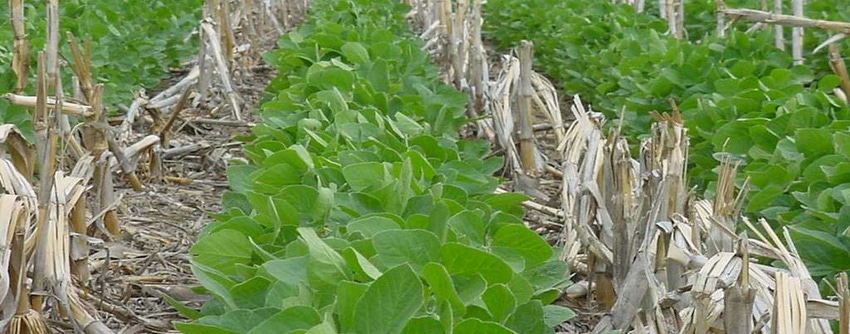
Cover crops are gaining ground as an attractive forage option across Nebraska – from western Nebraska, where producers are seeding them after wheat, to eastern Nebraska, where producers are growing them for soil health and are leasing acres to cattle producers to graze to see a return on cover crop seeding costs.
Whatever the reason for seeding them, cover crops provide opportunities for extending the grazing season and realizing return on investment. "There has definitely been an increase in the interest for using cover crops for forage from producers that have cattle to crop products looking for a way to make extra income," says Mary Drewnoski, University of Nebraska Extension beef systems specialist.
But graziers have some things to consider when seeding cover crops. When planting cover crops for forage, the two factors to focus on are biomass and timing of grazing. "When you think about that, planting date is important," Drewnoski says. "The best day to plant is the day the combine pulls out of the field. That's when you have the most soil moisture."
Of course, that's relative depending on the farming operation. For field corn, it can be a little challenging to establish fall forage immediately after harvest. On the other hand, for winter wheat, it's a little easier to establish cover crops for forage – including cool and warm seasons.
For Nebraska, Drewnoski notes the cutoff date for seeding warm season cover crops is usually August 1. Cool seasons planted after that will usually yield more biomass than warm seasons, while warm seasons planted before that will yield more biomass than cool seasons. Warm seasons seeded before August 1 are a good, high-quality forage option, as long as they are grazed early enough – usually within August and September. If not grazing until October or November, cool seasons are probably the better option for high quality forage.
With the August 1 cutoff date, soybeans, silage, and seed corn acres, are best suited to cool seasons. The question is, can it be grazed in fall, or will you have to wait until early spring to get some grazing off of those acres? It's a question of whether the crop is winter hardy or winter sensitive.
"If you're looking for fall forage, winter sensitive cover crops will put on way more fall growth than a winter hardy cover crop," Drewnoski says. "Also, some producers don't want to have to manage cover crops in the spring. They don't want to have to spray or worry about it taking up spring moisture."
Seed corn and corn silage acres leave a big enough window for establishing winter sensitive cool seasons like oats and turnips, while soybean acres lend themselves to winter hardy cool seasons like cereal rye.
September 10 is usually the cutoff date to plant winter sensitive species, but if planting before that, Drewnoski notes it's always an option to plant both. "That's the beauty of planting a polyculture," she adds. "You don't have to select one or the other. You don't have to have only a winter hardy or winter sensitive."
For more information on grazing cover crops, check out the November Nebraska Farmer.
About the Author(s)
You May Also Like






